Acupuncture during Pregnancy and Postpartum: Podcast Episode #103

Dr. Carrie Dennie, ND speaks with Alyssa about the benefits of acupuncture during pregnancy and postpartum. You can listen to this complete podcast episode on iTunes or SoundCloud. Alyssa: Welcome to the Ask the Doulas Podcast. You are listening to Alyssa Veneklase. I am the co-owner of Gold Coast Doulas, and today, I am […]
Postpartum Recovery

Have you ever heard of an athlete getting back on the field after a major injury WITHOUT a period of rest followed by intense rehab? Of course not! But somehow the expectation for women after their pregnancy is to mysteriously “bounce back” to normal activity, appearance, and function without any guidance. Most mamas even attempt […]
Physical Therapy During Pregnancy

Maternity clothes✓ Registry✓ Hospital tour✓ Doula✓ Photographer✓ What could you possibly be forgetting? What about getting YOURSELF prepared? Likely from the moment you found out you were pregnant you have been focused on the tiny human growing inside of you. While prenatal vitamins, nursery preparations, and choosing the perfect name are all very important parts […]
Perinatal Mood Disorders: Podcast Episode #91
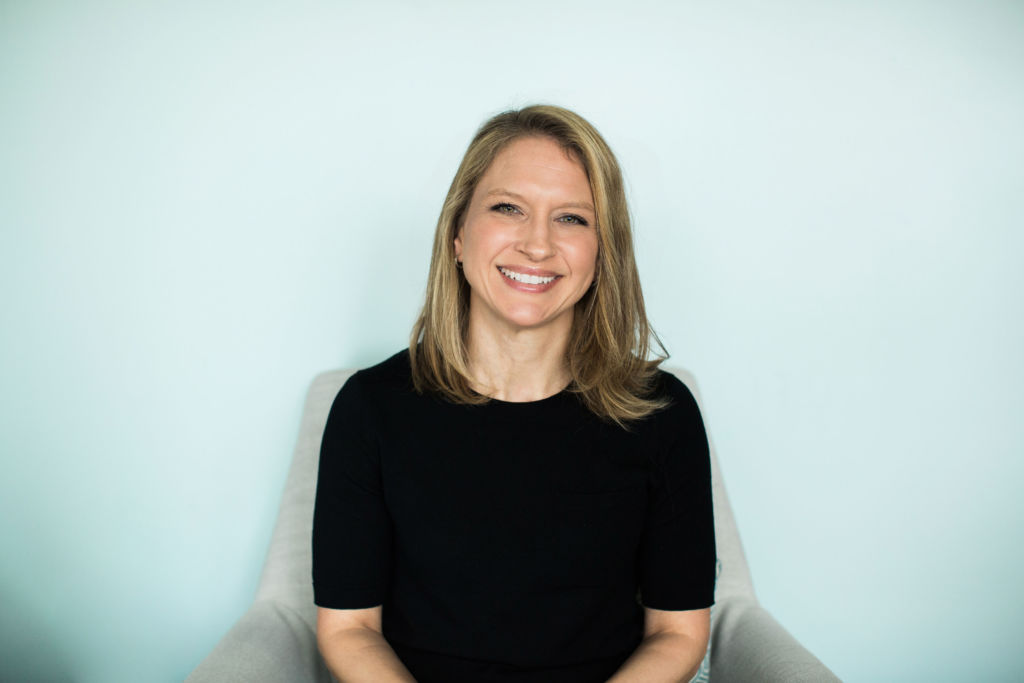
Today we talk with Elsa, a therapist at Mindful Counseling in Grand Rapids, Michigan who specializes in perinatal mood disorders. Learn what postpartum anxiety and depression look like, how they are different, and signs to look out for. You can listen to this complete podcast episode on iTunes or SoundCloud. Kristin: Welcome to Ask the […]
Symphysis Pubis Dysfunction with Rise Wellness Chiropractic: Podcast Episode #90
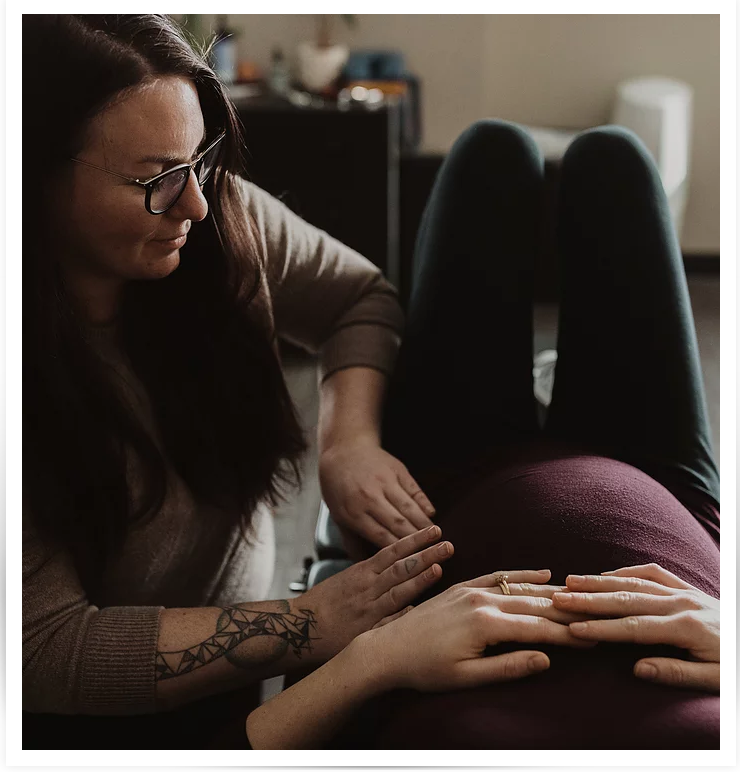
Dr. Annie and Dr. Rachel talk to Alyssa about Symphysis Pubis Dysfunction (SPD), how to prevent it, how to treat it, and things every pregnant and postpartum woman should be doing! You can listen to this complete podcast episode on iTunes or SoundCloud. Hello. Welcome to another episode of Ask the Doulas. I am Alyssa, […]
Stress Mastery: Podcast Episode #85
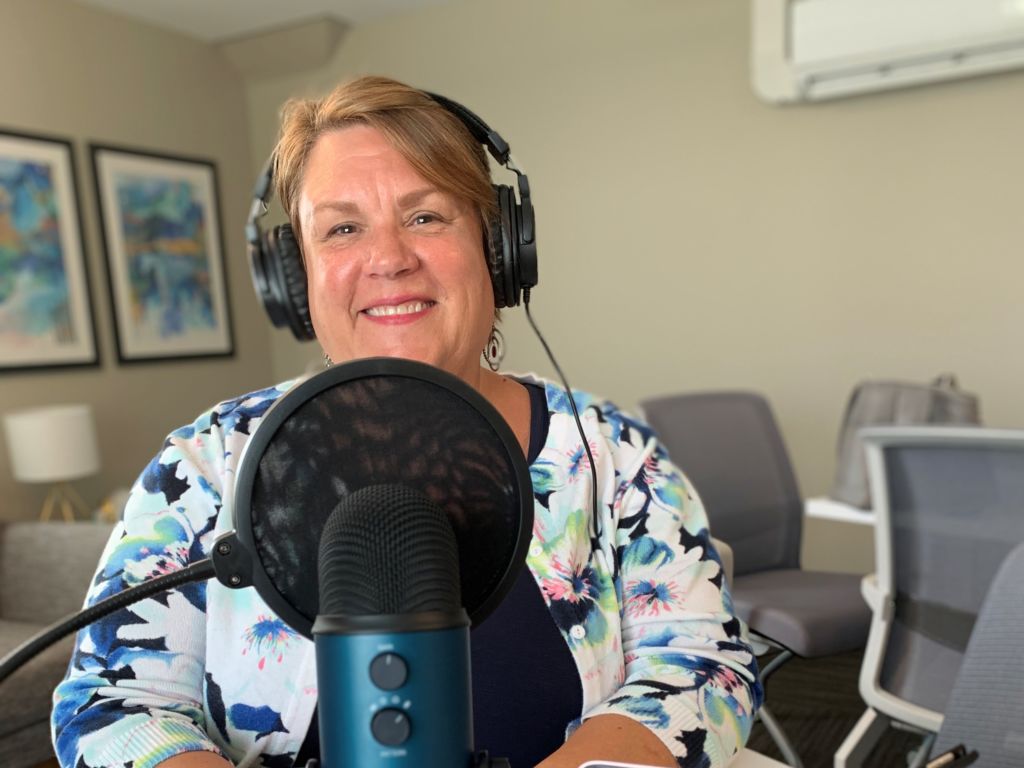
Deb Timmerman, RN, DAIS, CSME speaks with us today about her new certification in Stress Mastery. What does that mean, you ask? It’s all about learning positive ways to handle stress and actually master it, instead of letting stress take over. Listen to see how this can help parents throughout pregnancy and postpartum. You can […]
How Sleep Deprivation Impacts New Parents

Becoming a parent is one of the most exciting and scary milestones of a person’s life. It’s likely your emotions will run the gamut from excited anticipation and joy, to fear of the unknown and uncertainty about what’s ahead and how you’re coping with parenthood. Managing night time feeds, tending to your baby throughout the […]
Understanding Your Cycle: Podcast Episode #82
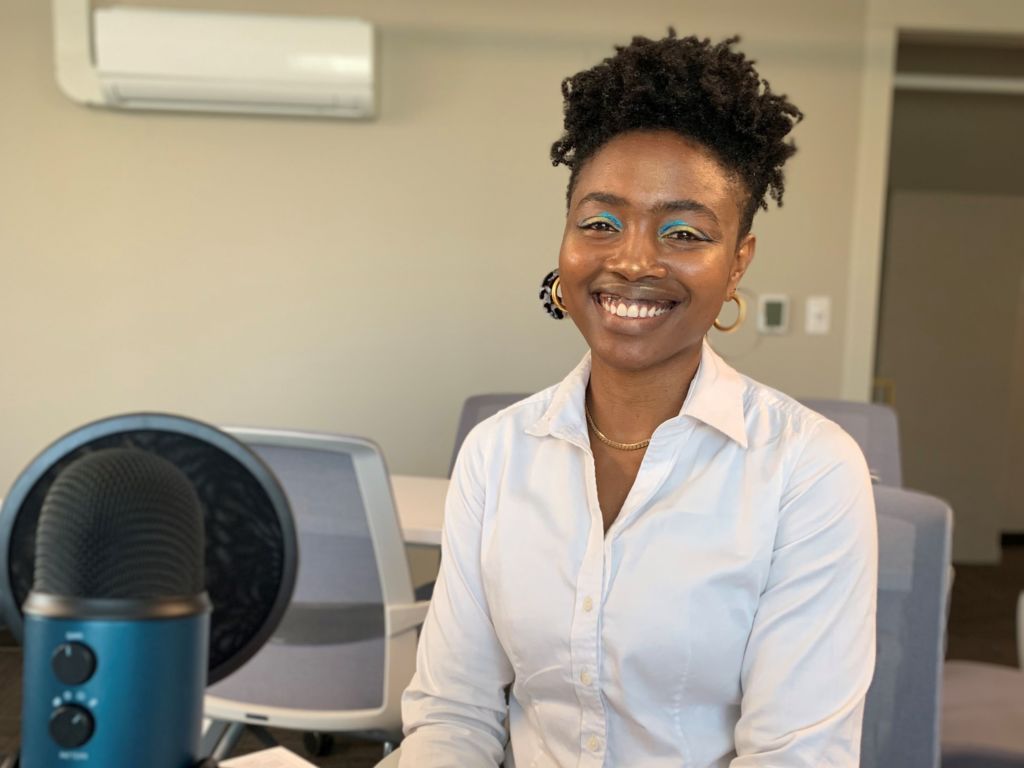
Dr. Nave now works with queens through her virtual practice Hormonal Balance. She talks with us today about a woman’s monthly cycle. What’s “normal”? What if you don’t get a period at all? Is PMS a real thing? You can listen to this complete podcast episode on iTunes or SoundCloud. Alyssa: Hello, welcome to Ask […]
Pregnancy Shouldn’t Be Painful
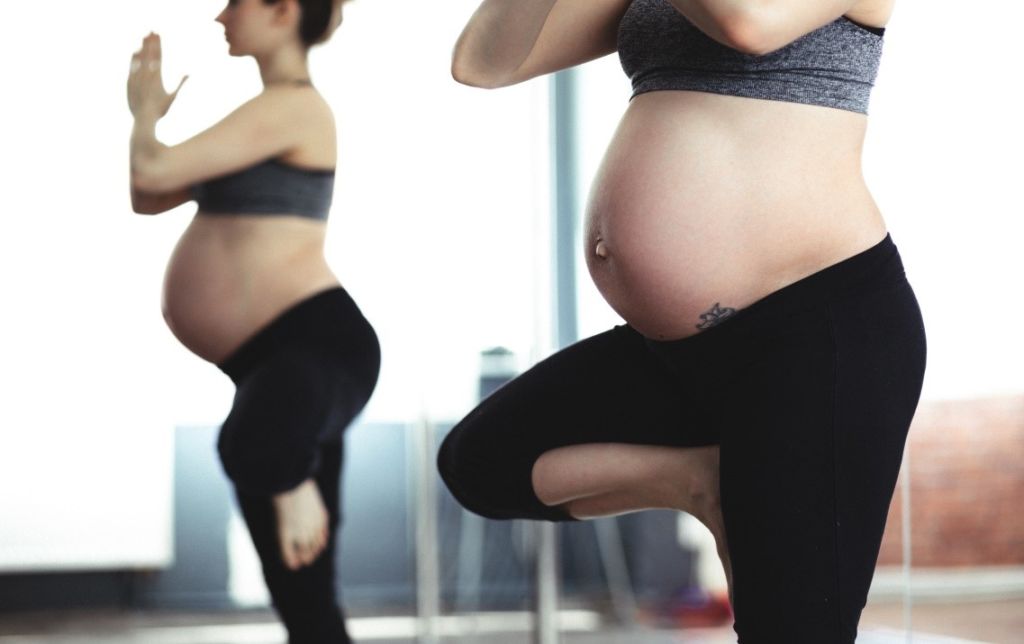
Gold Coast is thrilled to present a guest post by Sally Talbot, PT, Senior PT and co-owner of Health Motion Physical Therapy. Pregnancy is a wonderful and amazing time. However, creating a new life does create some major changes in the body. Pain in different areas during pregnancy is a common complaint. Physio–pedia.com states that back […]
Supporting a Postpartum Mother: Podcast Episode #79
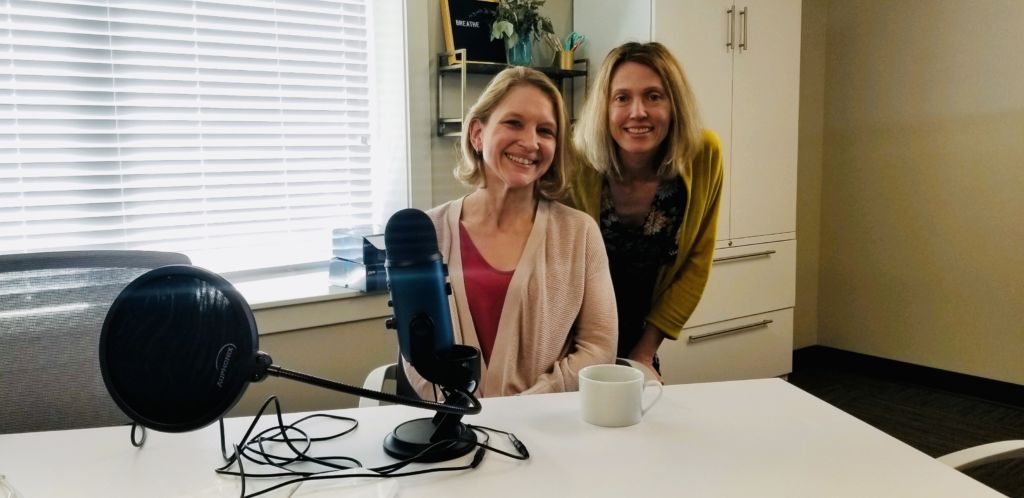
Elsa Lockman, LMSW of Mindful Counseling talks to us today about how partners, family members, and other caregivers can support a mother during those critical postpartum weeks to ensure she seeks help if needed. How do you approach a new mother and what are her best options for care? You can listen to this complete […]
EMDR Therapy: An Overview

We are so excited to share this guest blog by Joshua Nave LLMSW and Paul Krauss MA LPC of Health for Life GR. We get asked frequently about EMDR Therapy, so read below to find out what it is and how it works! This blog is a discussion of the basics of what Eye Movement […]
Podcast Episode #71: Bedrest Support
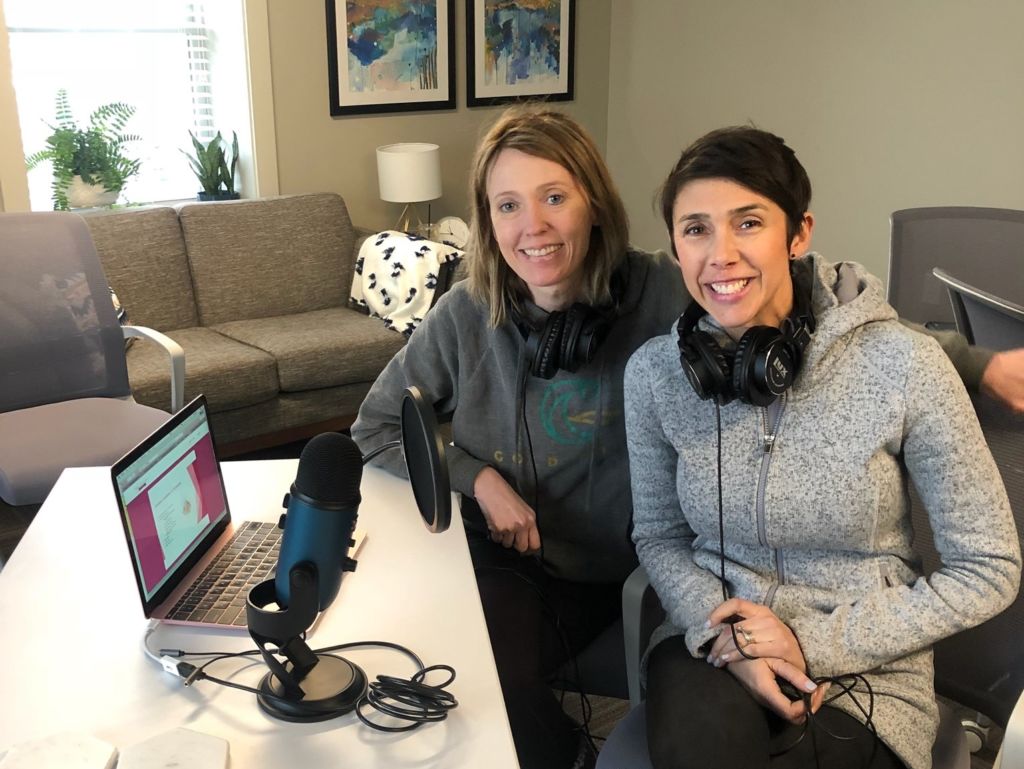
What the heck is an antepartum doula? Well, it basically means bed rest support for mothers who are high risk. But a bed rest doula can also help families that aren’t necessarily on bed rest. Maybe a mom needs help running errands, finding community resources, preparing for baby showers, putting away gifts, nesting! Listen and […]
Podcast Episode #69: Postpartum Fitness
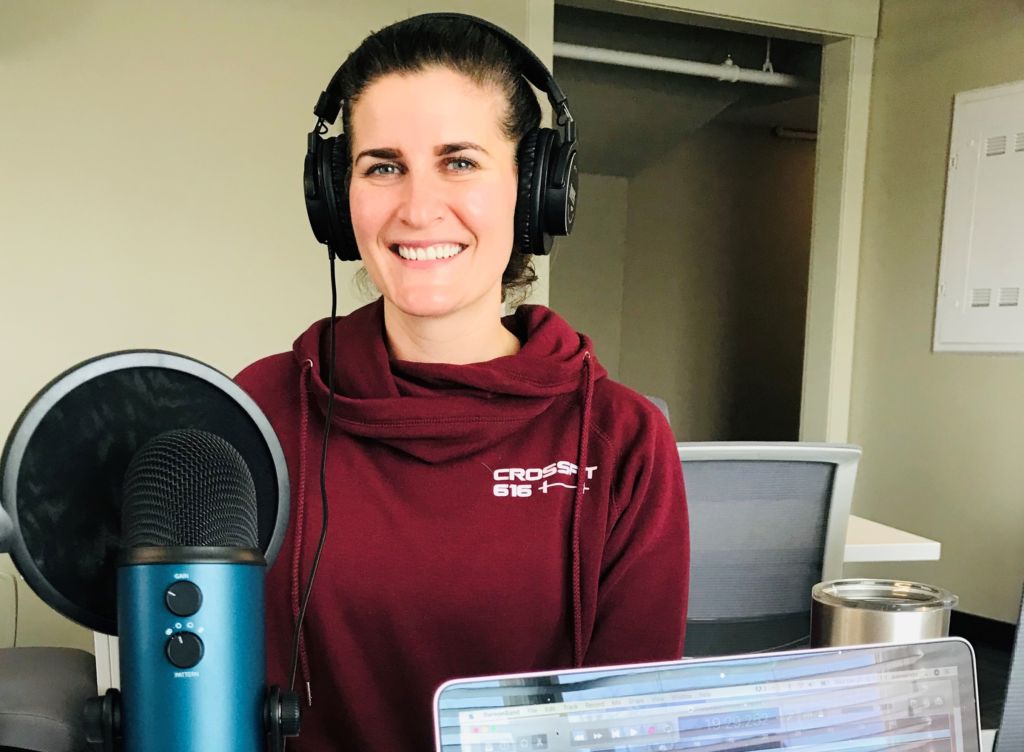
Today we talk with Dr. Theresa, Chiropractor and BIRTHFIT Instructor in Grand Rapids, Michigan. We ask her about what’s safe for a pregnant and postpartum mom to be doing and why having a supportive tribe around is so important. You can listen to this complete podcast episode on iTunes or SoundCloud. Be sure to listen […]
Your Trusted Birth Team

We all know that becoming a parent is difficult, but most first time parents don’t really have a full understanding of how hard it will be until they’re in the midst of it. They may encounter fertility struggles or miscarriages; they realize that planning during pregnancy takes a lot of work; they have to find […]
Podcast Episode #68: Overnight Doula Support
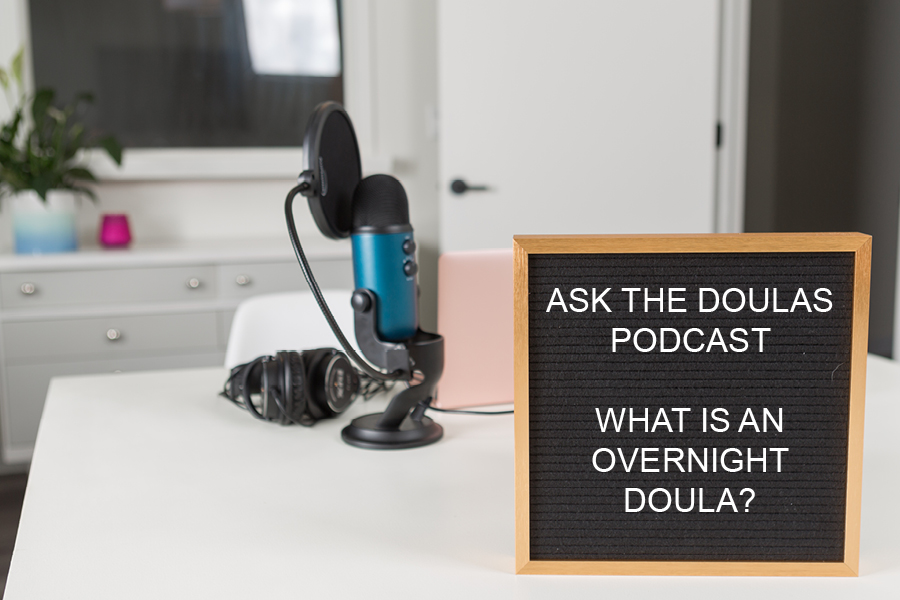
Many of our clients and listeners don’t fully understand what overnight doula support looks like. Kristin and Alyssa, both Certified Postpartum Doulas, discuss the kinds of support their clients look for and how their team of doulas support families in their homes. You can listen to this complete podcast on iTunes or SoundCloud. You can […]
Podcast Episode #62: Newborn Traumas

What is birth trauma and do all babies experience it? How can you remedy it? Dr. Annie and Dr. Rachel of Rise Wellness Chiropractic give us several examples of common birth traumas, what they mean, and how chiropractic care can help. You can listen to this complete podcast episode on iTunes or SoundCloud. Kristin: Welcome […]
Podcast Episode #61: Postpartum Wellness
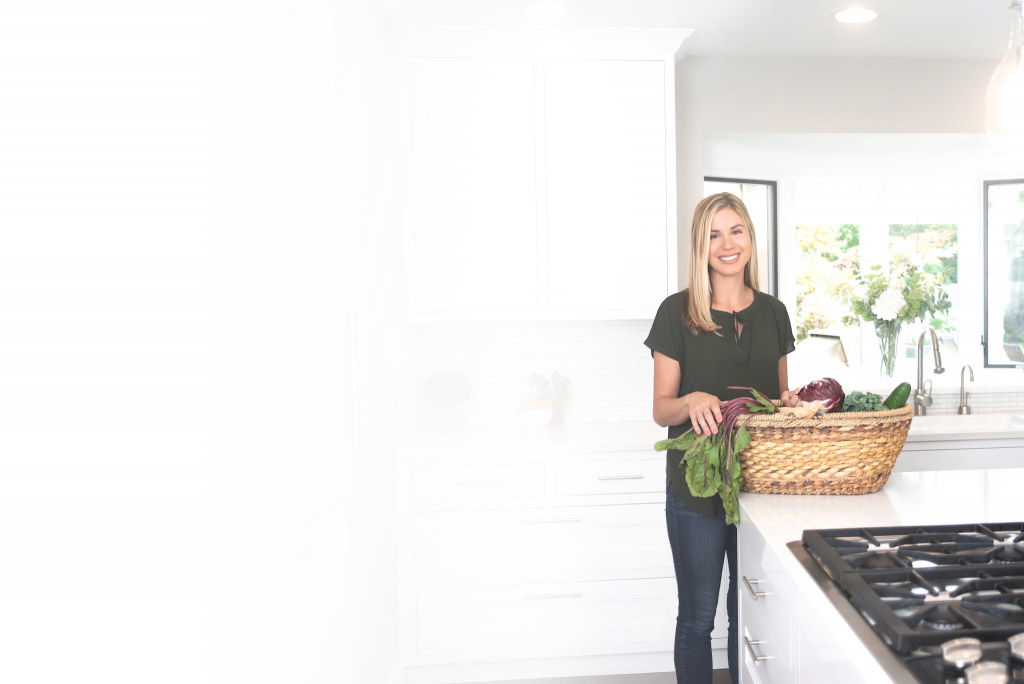
Dr. Erica of Root Functional Medicine gives moms some tips about staying healthy through pregnancy and into the postpartum period. We also talk about her upcoming Postpartum Wellness class on March 7. You can listen to this complete podcast episode on iTunes or SoundCloud. This podcast episode is sponsored by LifeFuel, providing healthy meal delivery […]
How ZENBands Became a Part of Pregnancy

Gold Coast Doulas is pleased to announce a guest blog by Dr. Erin Stair on her headbands that are perfect for listening to HypnoBirthing scripts or childbirth playlists. I use them for listening to podcasts like “Ask the Doulas” with Gold Coast Doulas on Soundcloud and Itunes. Erin is the creator of ZENBands, ZENTones, author […]
Podcast Episode #60: A Naturopath’s Perspective on Pregnancy and Depression
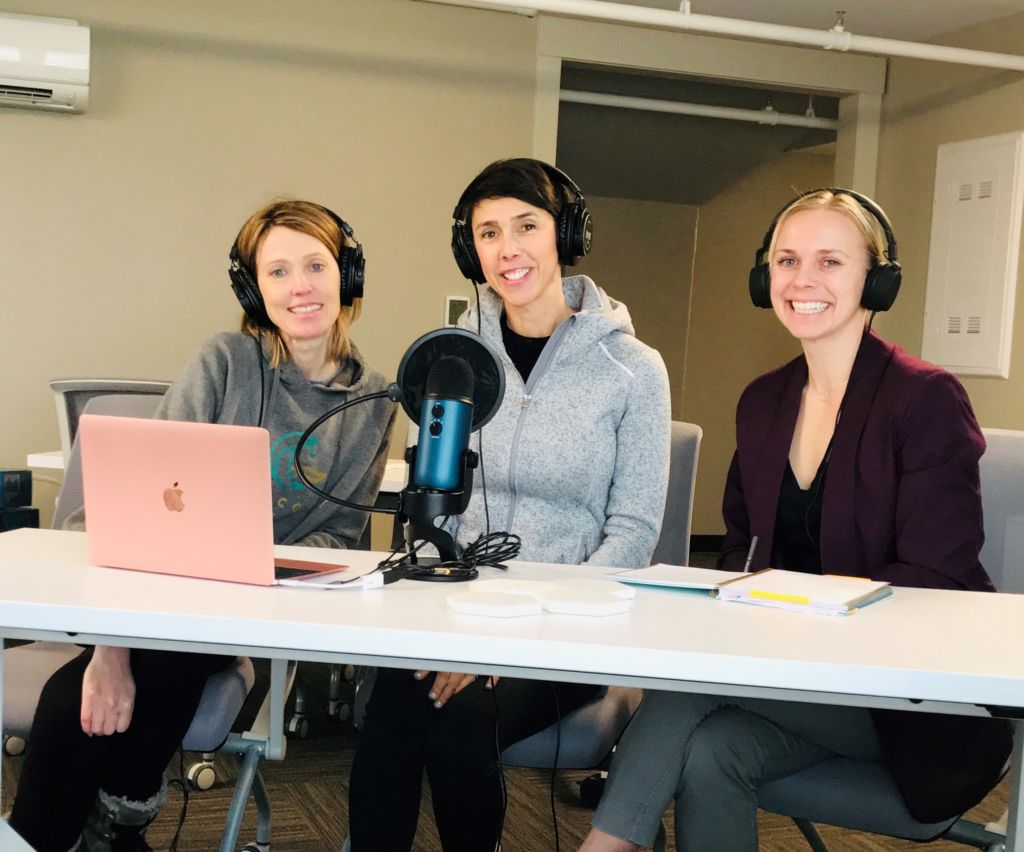
Doctor Janna Hibler, ND talks to Alyssa and Kristin about how a naturopathic doctor treats pregnant and postpartum women, body and mind. You can listen to this complete podcast episode on iTunes and SoundCloud. Alyssa: Hello, welcome to Ask the Doulas podcast. I am Alyssa Veneklase, co-owner of Gold Coast Doulas, and I am here […]
Getting To Know Your Pelvic Floor

We are pleased to present a guest blog by Melissa VanKampen, PTA. Melissa has been working in the field of physical therapy for 18 years with the last 8 focusing on pelvic health in particular. She works for Northern Physical Therapy in Coopersville, MI. though Northern has six locations with several of them offering pelvic […]


